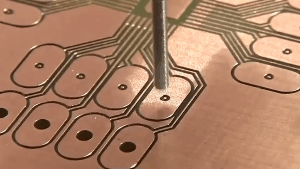
High-frequency PCB, also known as RF PCB, is a type of printed circuit board designed to transmit and receive high-frequency signals. It is characterized by its ability to maintain signal integrity, impedance control, and low loss.
High-frequency PCBs are typically made using specialized materials that provide superior electrical performance at high frequencies, such as Rogers, Arlon, and Taconic. These materials have low dielectric constant and loss tangent, which help to minimize signal loss and distortion.
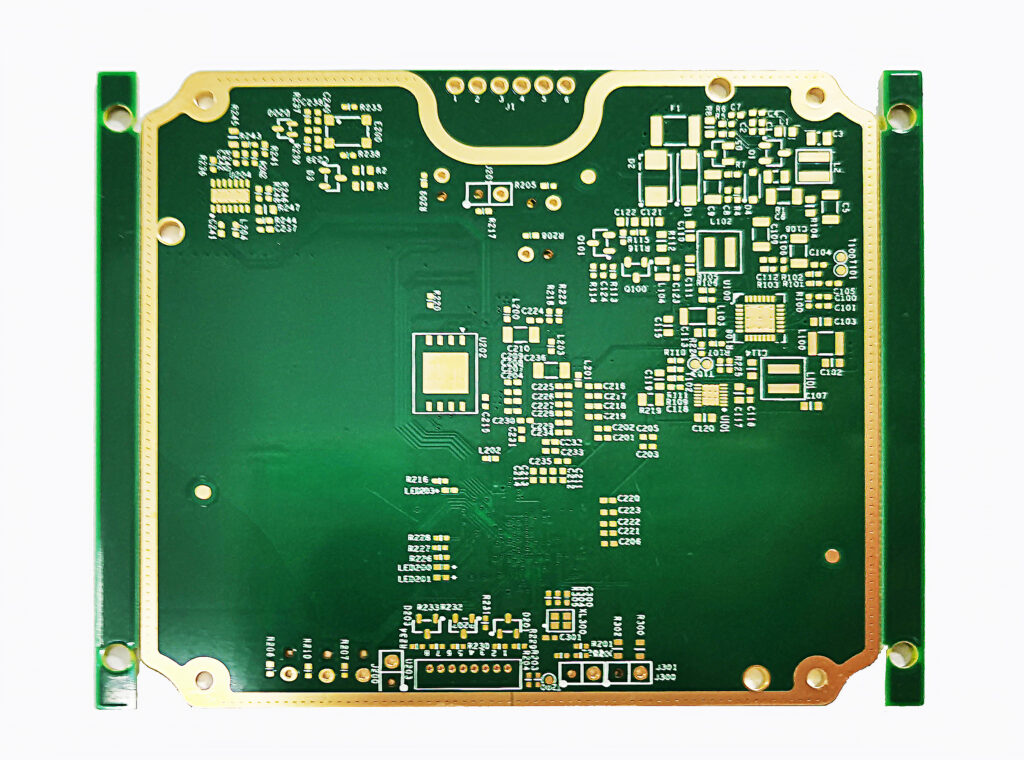
High frequency PCBs are designed to provide a stable and reliable platform for high-speed, high-frequency applications, they have several characteristics that make them unique from standard PCBs:
High dielectric constant: High frequency PCBs have a higher dielectric constant compared to traditional PCBs, which allows for better signal propagation.
Low loss tangent: The loss tangent of high frequency PCBs is lower than standard PCBs, which means that the signal attenuation is lower and the signal integrity is better.
Impedance control: High frequency PCBs require tight control of impedance to ensure accurate signal transmission.
High thermal conductivity: High frequency PCBs require good thermal management due to the high heat generated by the components on the board. The use of high thermal conductivity materials such as ceramic-filled hydrocarbon resin systems or aluminum nitride helps to dissipate heat efficiently.
High dimensional stability: The dimensional stability of high frequency PCBs is critical because even small variations in the board dimensions can affect the signal propagation.

The above picture is a design sketch of an RF analog-digital mixed signal board. In this picture, we can clearly see the input and output terminals of the analog signal, the approximate flow path of the analog signal, and the good electrical and physical isolation between the analog and digital signals. This picture well reflects the key points of high frequency PCBs – the layout of components according to functional modules, as compact as possible, and good isolation between modules.
Furthermore, this picture shows the designer’s good awareness of RF grounding and signal isolation. It uses a metal shield enclosure to cover the entire high-frequency analog circuit, separates digital and analog signals completely, and uses feedthrough capacitors for necessary connections between them. In addition, it uses oblique right-angle compensation at the corners of the transmission lines to reduce signal reflection, inserts a shielded cavity in the middle of the U-shaped layout, keeps the power processing section away from the front-end amplification circuit, and leaves enough space for it.
High frequency PCBs are widely used in various applications that require high-speed data transfer, high frequency signal transmission, and high-power RF applications. Some common applications include:
Telecommunications: High frequency PCBs are used in telecommunication devices such as base stations, cellular towers, and network equipment to transmit high frequency signals with minimal signal loss.
Aerospace and defense: High frequency PCBs are used in radar systems, navigation systems, avionics, and other aerospace and defense applications that require high-performance and reliability.
Medical equipment: High frequency PCBs are used in medical devices such as MRI machines, CT scanners, and ultrasound equipment to transmit high frequency signals with minimal interference.
Automotive: High frequency PCBs are used in automotive applications such as GPS systems, collision avoidance systems, and infotainment systems to transmit high frequency signals with minimal signal loss.
Consumer electronics: High frequency PCBs are used in various consumer electronics products such as smartphones, tablets, and laptops to transmit high-speed data and wireless signals.
Industrial equipment: High frequency PCBs are used in industrial equipment such as robotics, automation systems, and control systems to transmit high frequency signals with minimal interference.

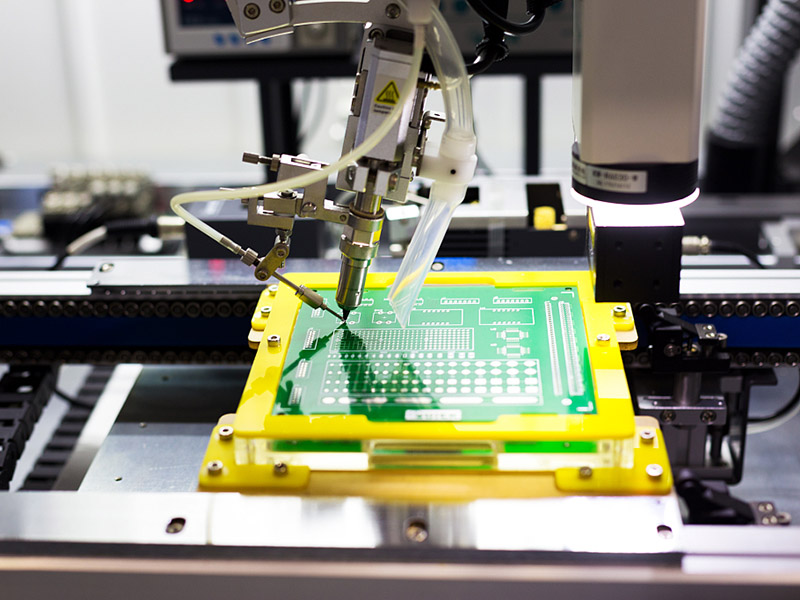

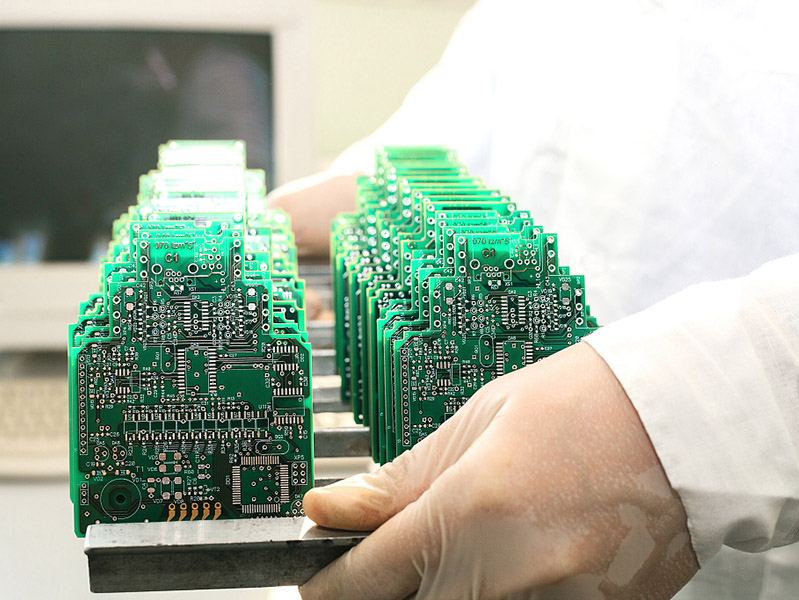
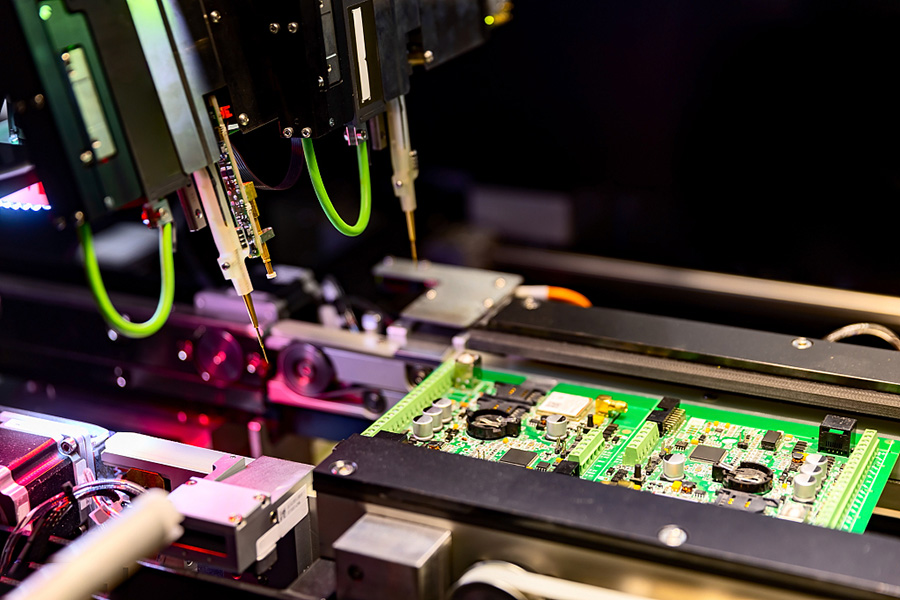
Get a factory directly price quote with 24 hours.
Pls input your email address correctly!
Make sure your name and email is right.